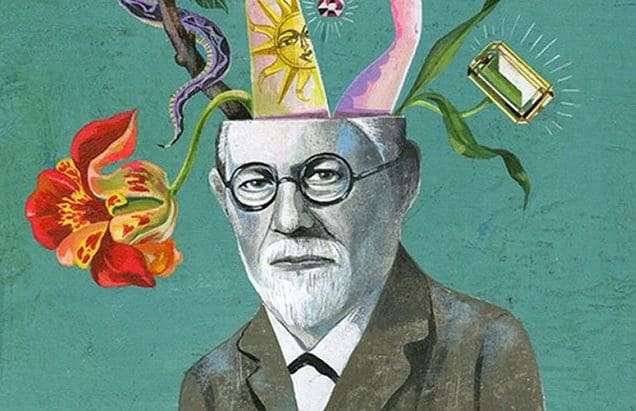Introduction
The immigration phenomenon is a fundamental aspect of the American experience. Individuals move from their countries of birth to other nations for various reasons, ranging from the search for economic opportunities to escaping persecution. The pursuit of the American dream is one reason why the United States (US) is a choice destination for many foreigners. Evaluating the economic contribution of migrants can provide important insight into the value of immigration. In the US, immigration influences the economy because foreign-born workers provide labor in understaffed sectors, while skilled migrants in industries, such as construction, sales, and manufacturing, help to attract foreign direct investment (FDI), with those in technology being responsible for critical innovations that keep American entities globally competitive.
Labor Force Dynamics
Immigration influences the American economy by contributing to the labor market. Research demonstrates that foreign-born workers constituted 17.4 percent of the US civilian labor force in 2021, with this figure increasing to 18.1 percent in 2022 (Bureau of Labor Statistics, 2023, para. 1). Migrants typically occupy both skilled and unskilled positions in diverse industries that include mining, agriculture, and healthcare. The availability of these foreign-born workers helps to prevent labor shortages that typically cause wage inflation. Thus, immigrants are integral to the American economy because they provide a stable labor supply, which is a vital ingredient in economic growth.

Immigrants and Innovation
Innovativeness is another way in which migrants enrich the American economy. Between 1990 and 2016, foreign-born individuals accounted for 16% of all inventors in the US and 23% of total innovations (Bernstein et al., 2022, p. 2). In sectors like technology, this innovation ensures that American industries retain their global competitiveness. Additionally, in healthcare, the development of innovative products helps in saving lives. Hence, by developing groundbreaking inventions, migrants ensure that American industries retain their leading positions globally, which fuels economic growth in the US.
Immigrants and FDI
FDI is often viewed as a primary driver of economic growth. According to research, migrants who occupy managerial positions in high-skill-intensive industries, such as construction, manufacturing, and sales, usually help to attract significant levels of FDI (Cuadros et al., 2019, p. 328). When evaluating whether to invest in an opportunity, a potential investor often considers the availability of adequate numbers of employees with the right skills. When highly qualified foreign-born workers move to the US in search of job opportunities, investors tend to follow them so that they can harness their skills. Hence, immigrant workers help to spur economic growth by attracting wealthy individuals in search of places to invest their money.
Conclusion
Migrants are an important cog in the economy of the US. Foreign-born workers usually move to the US to seek skilled and unskilled job opportunities in various sectors. Many migrants contribute to the economic growth of the country in multifaceted ways. In various industries, such as healthcare, mining, and agriculture, the presence of foreign-born individuals helps to fill shortages, ensuring that labor prices do not rise. Immigrants also develop innovative products and technologies that keep American industries globally competitive. Finally, highly-skilled migrants help to invigorate the economy by attracting investors who inject FDI into different sectors.
References
Bernstein, S., Diamond, R., Jiranaphawiboon, A., McQuade, T., & Pousada, B. (2022). The contribution of high-skilled immigrants to innovation in the United States. National Bureau of Economic Research, 1-71. https://www.nber.org/system/files/working_papers/w30797/w30797.pdf
Bureau of Labor Statistics. (2023, June 16). Foreign-born workers were a record high 18.1 percent of the U.S. civilian labor force in 2022. https://www.bls.gov/opub/ted/2023/foreign-born-workers-were-a-record-high-18-1-percent-of-the-u-s-civilian-labor-force-in-2022.htm
Cuadros, A., Martín-Montaner, J., & Paniagua, J. (2019). Migration and FDI: The role of job skills. International Review of Economics & Finance, 59, 318–332. https://doi.org/10.1016/j.iref.2018.09.007


